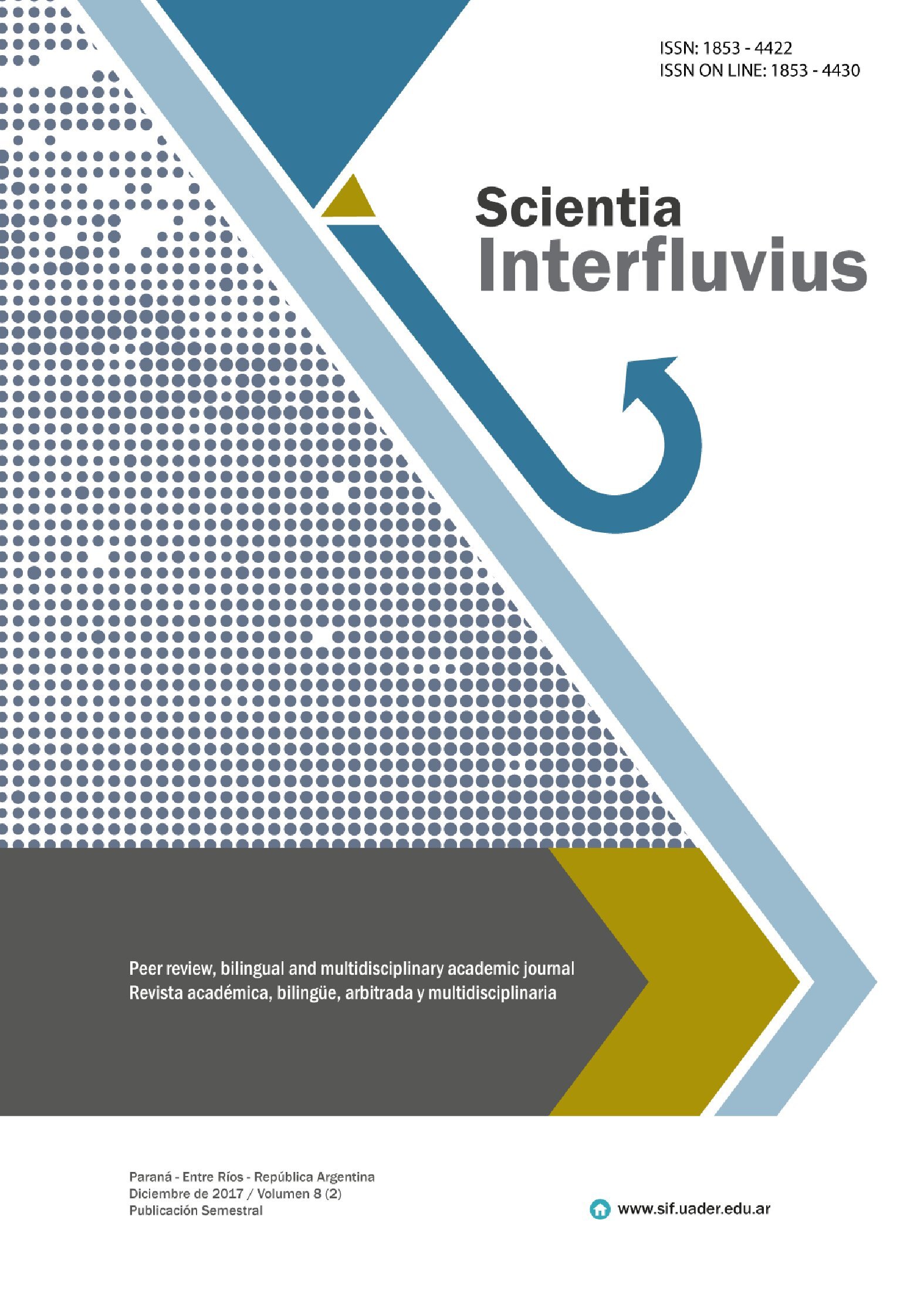FUEL MODEL CARTOGRAPHY FOR THE PARANA RIVER FLUVIO LITTORAL COMPLEX FROM FIELD AND REMOTE SENSING DATA
Keywords:
Landsat 8 OLI, MODIS Hotspot, Biomass, Fuel Moisture ContentAbstract
Information on fuel material is one of the basic inputs for fire management. The aim of this work was to generate a fuel model for the Complejo Fluvio-Literol del Rio Paraná (Paraná River Fluvio Littoral Complex, referred to as CFLRP) using field and remote sensing data. Fuel Moisture Content (FMC), proportion and size of woody fuel for different plant cover, (forests / shrubs / tall and low height grass) and compartment (aerial-litterfall) were estimated in the flood season (late fall/winter) and during drought (end of spring / summer) between 2010 and 2013. The results obtained for each of these 3 variables were weighed to make the model fuel. The model may assume a range of values between 1 and 9 depending on the behavior of each of the three variables. Low model values represent areas with high FMC, low proportion of woody material and low proportion of thick woody material, while high values in the model are indicative of areas with low FMC, high proportion of wood material and high ratio of thick woody material. In order to know the spatial distribution of the proposed model, the results obtained for each sampling site were integrated onto a map generated from a multitemporal unsupervised classification of vegetation covers (Kmean, 60 classes and 10 iterations) using 2 Landsat 8 OLI images images (winter / spring 2013) (12 bands), segmented with a factor scale of 100, color (0.9) and form (0.1). The vector resulting from this classification was associated to an estimated NDVI value trend from a MODIS (MOD13Q1) temporal serie. This allowed the assigning of values of model fuel to a particular type of (vegetal) cover and areas with similar NDVI trends. The result obtained was a map of the spatial distribution of fuel associated to the probability of fire occurrences in the CFLRP. The results of the models were validated using field data of land cover. Thus we propose a methodology for the cartography of fuel models applicable in the CFLRP, that can be brought upto date periodically and takes into consideration the different vegetal covers and seasonality.
Published
How to Cite
Issue
Section

This work is licensed under a Creative Commons Attribution-NonCommercial-ShareAlike 4.0 International License.


 Revista Scientia Interfluvius - ISSN en línea 1853-4430 - ISSN 1853-4422
Revista Scientia Interfluvius - ISSN en línea 1853-4430 - ISSN 1853-4422 
